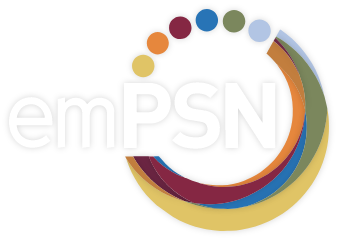This is the port number assigned to commonly used internet communication protocol, Hypertext Transfer Protocol (HTTP). It is the port from which a computer sends and receives Web client-based communication and messages from a Web server and is used to send and receive HTML pages or data
The Opportunistic Encryption feature of HTTP2 (RFC 8164) allows a connection to be transparently upgraded to TLS while retaining the visual properties of an HTTP connection, including being same origin with unencrypted connections on port 80. However, if a second encrypted port on the same IP address (e.g. port 8443) did not opt-in to opportunistic encryption; a network attacker could forward a connection from the browser to port 443 to port 8443, causing the browser to treat the content of port 8443 as same-origin with HTTP. This was resolved by disabling the Opportunistic Encryption feature, which had low usage. This vulnerability affects Firefox < 94, Thunderbird < 91.3, and Firefox ESR < 91.3.
Recommended Actions
Users accessing the Local Management Interface (LMI) do so over HTTPS port 443. However, vulnerability scans also show that HTTP Port 80 is active. Some vulnerability scans register HTTP port 80 as a security risk and, to meet security compliance, some customers prefer to disable HTTP port 80.
Reference Material
CVE.mitre.org is also another useful site and by searching their “CVE list” and typing in the Vulnerability they can help identify and mitigate the issue:
https://cve.mitre.org/cgi-bin/cvename.cgi?name=CVE-2021-38507


